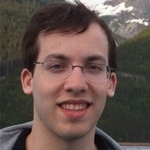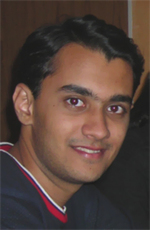About the Authors

Shalev Ben-David
Hartree postdoctoral fellow
Joint Center for Quantum Information
and Computer Science
University of Maryland
College Park, MD, USA
shalev[ta]umd[td]edu
Hartree postdoctoral fellow
Joint Center for Quantum Information
and Computer Science
University of Maryland
College Park, MD, USA
shalev[ta]umd[td]edu
Shalev Ben-David received his Ph.D. in computer science from
M.I.T. in 2017,
under the advisorship of
Scott Aaronson.
His research interests include complexity theory and quantum computing.
He is currently a Hartree postdoctoral fellow at the
University of Maryland,
though this paper was written when he was a student at MIT.
He is always looking for people to play
Hex with.

Robin Kothari
Researcher
Quantum Architectures and Computation group (QuArC)
Microsoft Research
Redmond, WA, USA
robin.kothari[ta]microsoft[td]com
www.robinkothari.com
Researcher
Quantum Architectures and Computation group (QuArC)
Microsoft Research
Redmond, WA, USA
robin.kothari[ta]microsoft[td]com
www.robinkothari.com
Robin Kothari received his Ph.D. in Computer Science from the
University of Waterloo
in 2014, under the supervision of
Andrew Childs and
John Watrous.
This research was performed while he was a postdoctoral associate at the
Center for Theoretical Physics at
the Massachusetts Institute of Technology.
He is currently a Researcher in the
Quantum Architectures and Computation group (QuArC)
at Microsoft Research.
His research interests include quantum algorithms and complexity theory.
